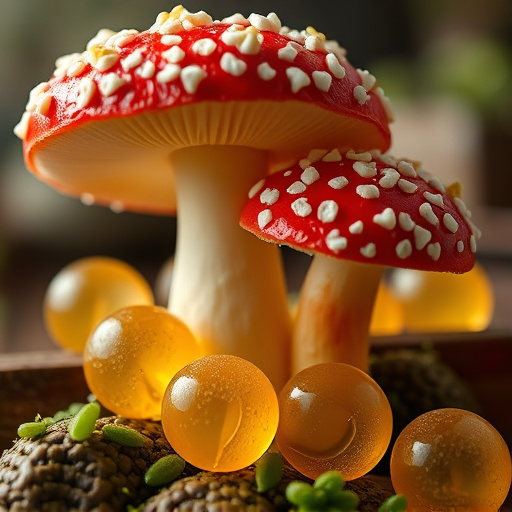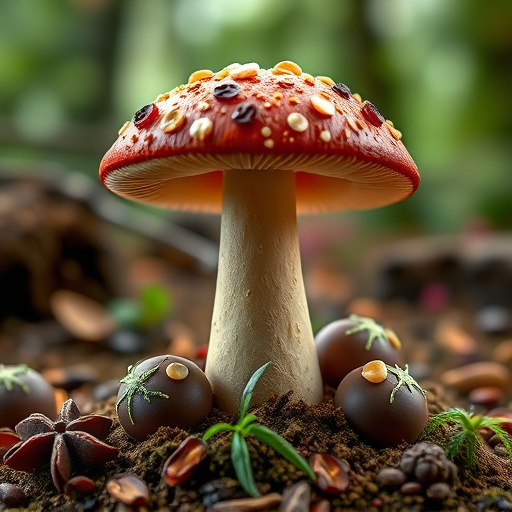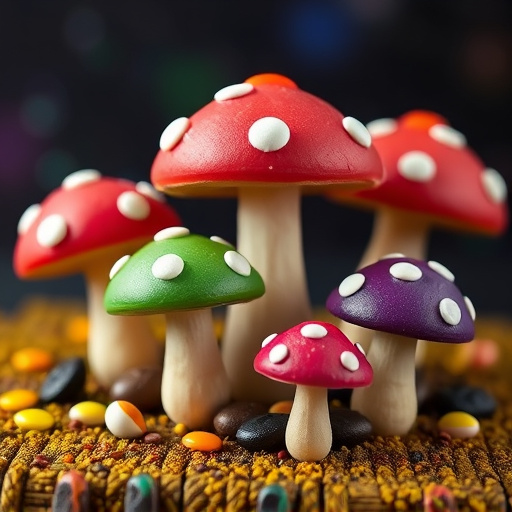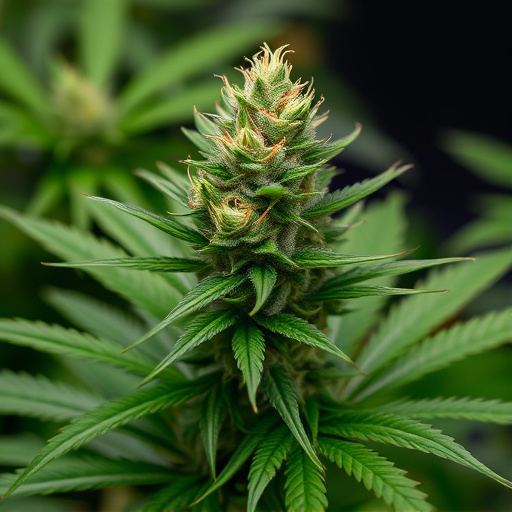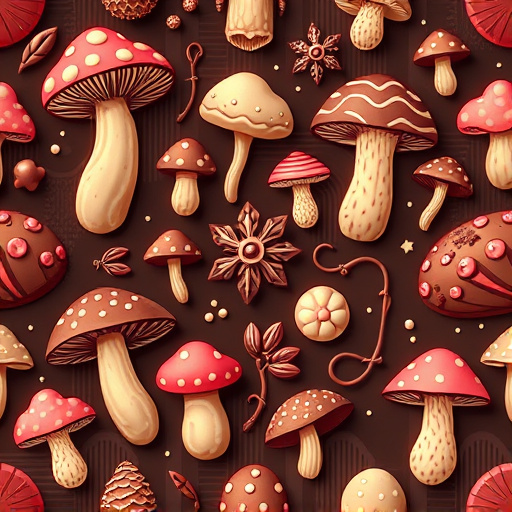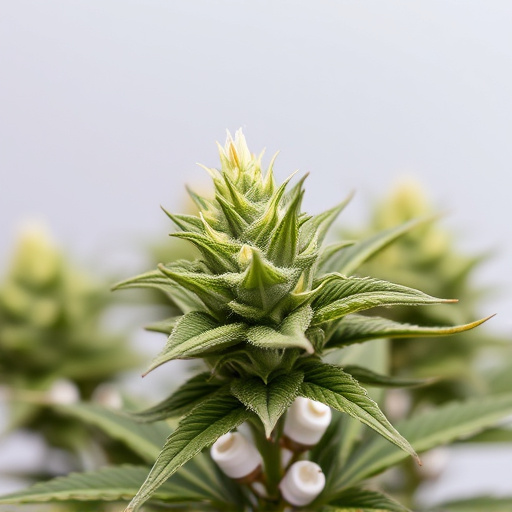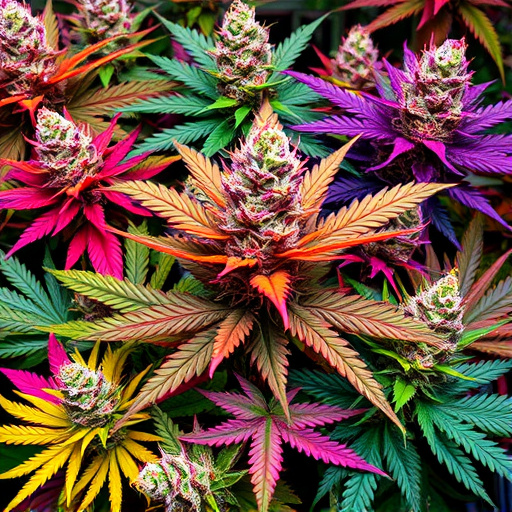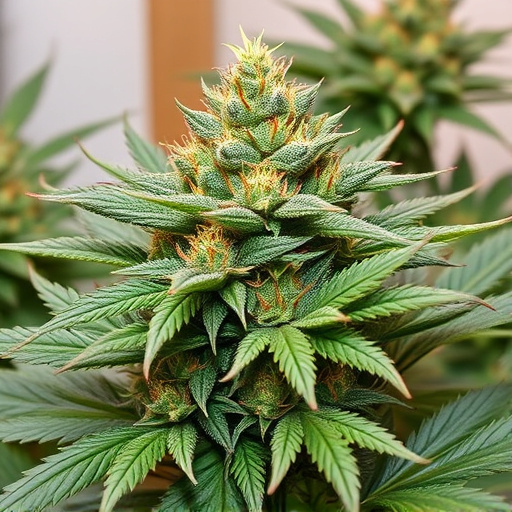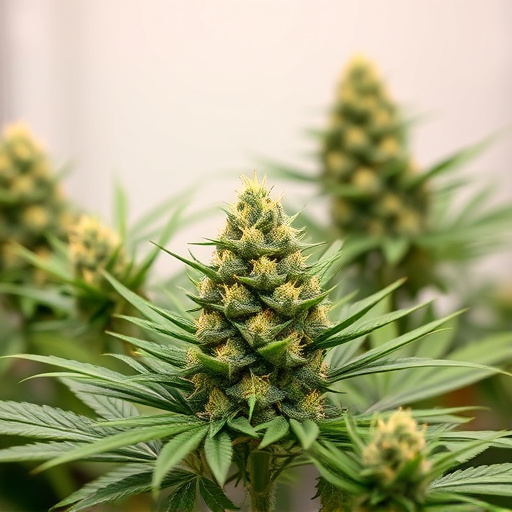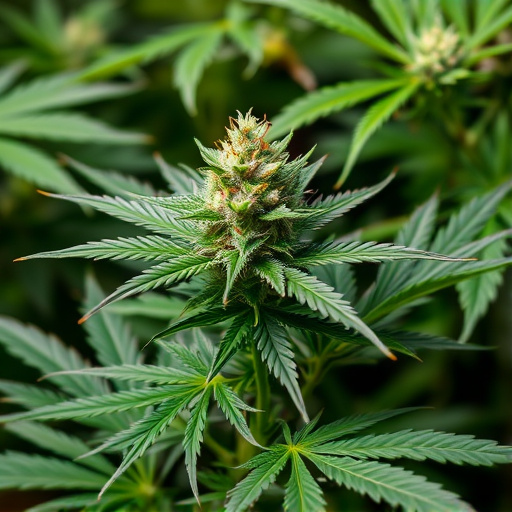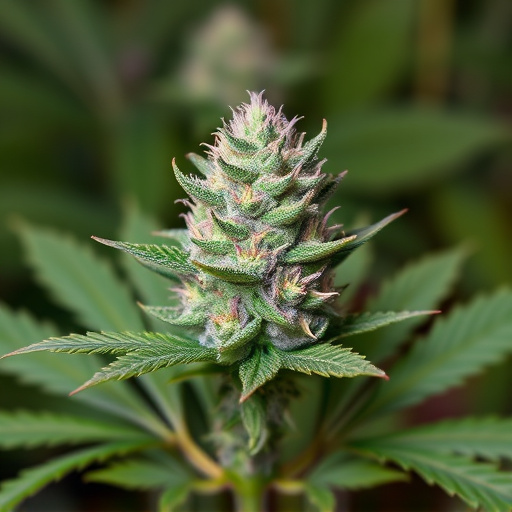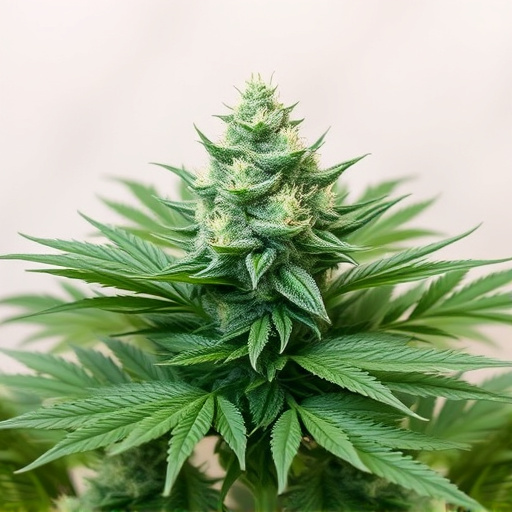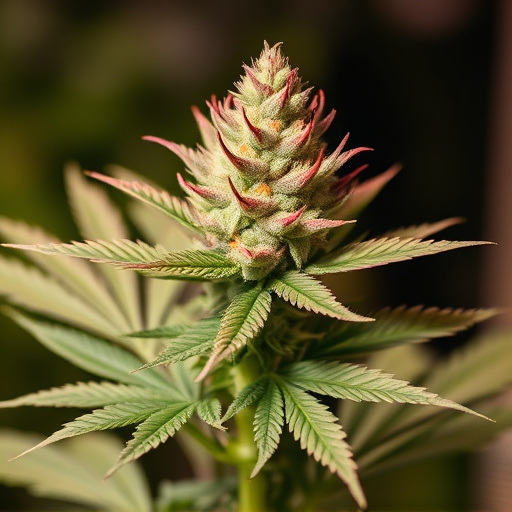Recent scientific studies reveal that specific pigments in the newest strains of cannabis can indicate cannabinoid composition, with darker shades linked to higher THC concentrations. While color is an intriguing factor, it's just one aspect of understanding cannabis effects. Growers use advanced techniques to create plants with vibrant hues, signaling terpene and cannabinoid levels, from deep reds indicating high THC to balanced profiles suggested by yellows and greens. This trend offers consumers a visual guide but should not be the sole indicator; lab testing is crucial for accurate newest strains of cannabis profiles and safety.
“Unravel the enigmatic connection between color and cannabis potency in our comprehensive guide. With the rising popularity of the newest strains of cannabis, understanding how color can indicate potential effects has become more vital than ever. This article delves into the science behind the spectrum, exploring whether color truly influences the potency of these plant compounds. From laboratory findings to modern cultivation practices, we separate fact from fiction, shedding light on the real impact of color in the cannabis evaluation process.”
- The Science Behind Color and Cannabis Potency: Exploring the Relationship
- How Newest Strains of Cannabis Utilize Color to Indicate Potency
- Debunking Myths: Understanding the Real Impact of Color in Cannabis Evaluation
The Science Behind Color and Cannabis Potency: Exploring the Relationship
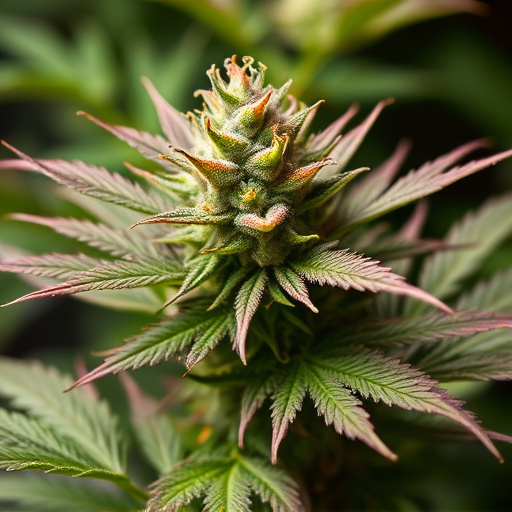
The relationship between color and potency in cannabis has long intrigued both scientists and enthusiasts, prompting many to question if a plant’s hue can provide clues to its strength. While it might seem like a simple visual cue, understanding the science behind this connection is complex and multifaceted. The color of cannabis is primarily determined by the presence and concentrations of various cannabinoids, especially THC (tetrahydrocannabinol) and CBD (cannabidiol), along with terpenes, which are aromatic compounds contributing to its unique characteristics.
Recent studies have delved into this intriguing aspect, exploring how the visual appearance of newest strains of cannabis might correlate with their chemical composition. Researchers have found that certain pigments in cannabis flowers, produced by specific cannabinoids, can indeed offer insights into potential potency levels. For instance, darker shades often indicate higher concentrations of THC, while lighter hues might suggest a more balanced profile with varying cannabinoid levels. However, it’s essential to recognize that color is just one factor among many that contribute to the overall experience and effects of cannabis consumption.
How Newest Strains of Cannabis Utilize Color to Indicate Potency
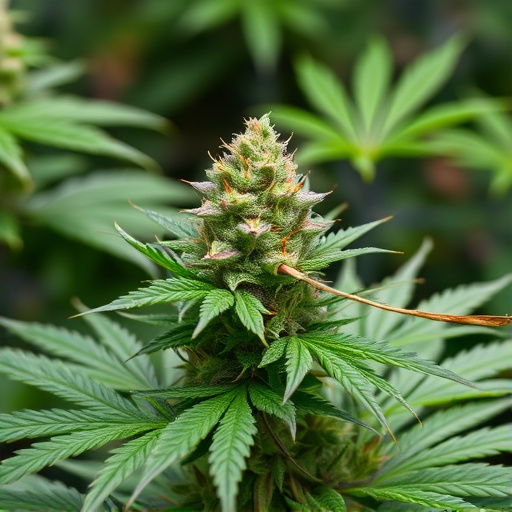
The newest strains of cannabis have embraced color as a potent indicator of their potency and unique profiles. Growers and breeders are utilizing advanced cultivation techniques to produce plants with vibrant hues, each color representing specific cannabinoid and terpene concentrations. For instance, deep reds and purples often signify higher levels of THC, while bright yellows and greens may indicate a more balanced CBD-to-THC ratio. This trend not only appeals to consumers but also provides an easy visual way to assess potential effects before consumption.
These new strains showcase the remarkable diversity of cannabis, with colors serving as a gateway to understanding its potency. From vibrant oranges hinting at invigorating energy to rich blues associated with relaxation, each color tells a story about the plant’s chemical composition. This approach is revolutionizing the way consumers make choices, offering them a more interactive and engaging experience in navigating the vast landscape of cannabis options.
Debunking Myths: Understanding the Real Impact of Color in Cannabis Evaluation
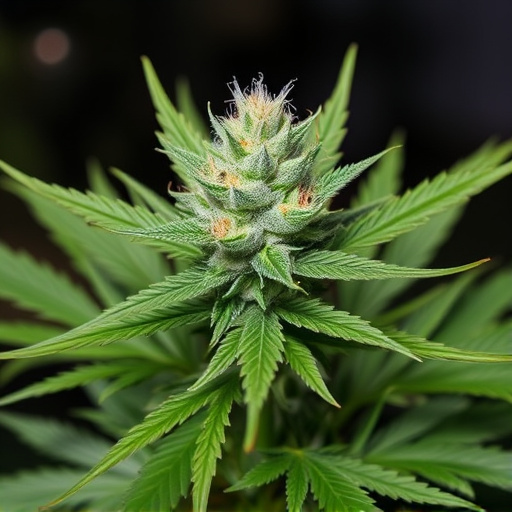
Many believe that the color of cannabis flowers holds clues to their potency and quality, but this is largely a myth. The association between color and cannabis strength has no scientific basis; instead, it’s influenced by cultural perceptions and historical misconceptions. What we perceive as ‘color’ is actually the result of various compounds interacting with light, and these compounds determine the plant’s aroma, flavor, and potential therapeutic benefits, not its hue.
Debunking this common belief is crucial for consumers navigating the market for the newest strains of cannabis. While visual appeal can be a factor in choosing a product, relying on color as an indicator of potency can lead to misinformation. The true measure of cannabis quality lies in third-party lab testing, which provides data on cannabinoid profiles and ensures safety and consistency.
In exploring the relationship between color and cannabis potency, this article has uncovered intriguing insights from both scientific perspectives and the latest developments in the industry. While color can provide a visual indication of certain cannabinoid profiles, it’s crucial to understand that it doesn’t solely determine potency. The newest strains of cannabis leverage color as a marketing tool, but the true measure of strength lies in laboratory testing. By debunking myths surrounding color, consumers can make more informed choices and avoid relying solely on visual cues. Ultimately, understanding the science behind cannabis potency is essential for navigating this evolving market.
